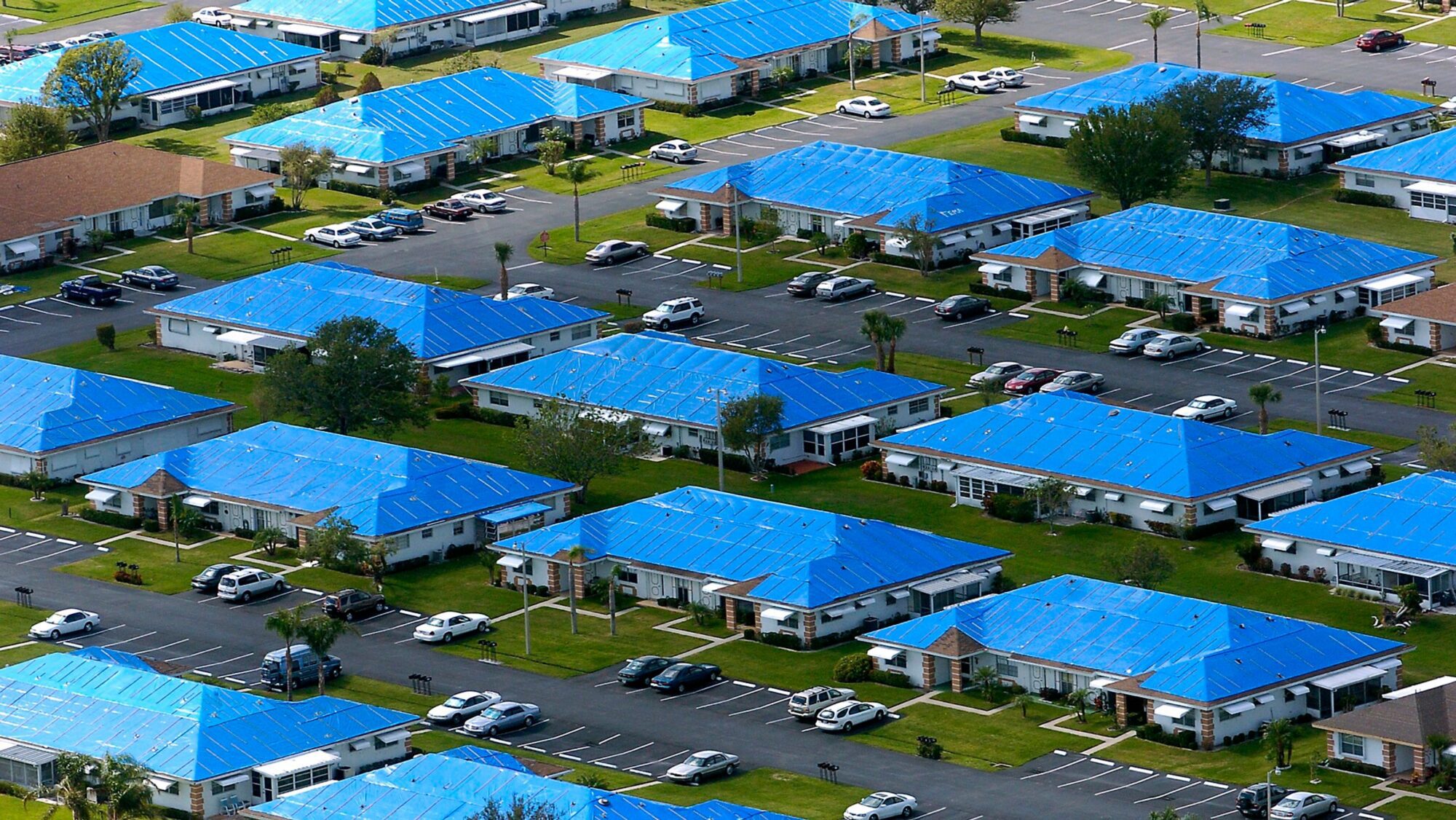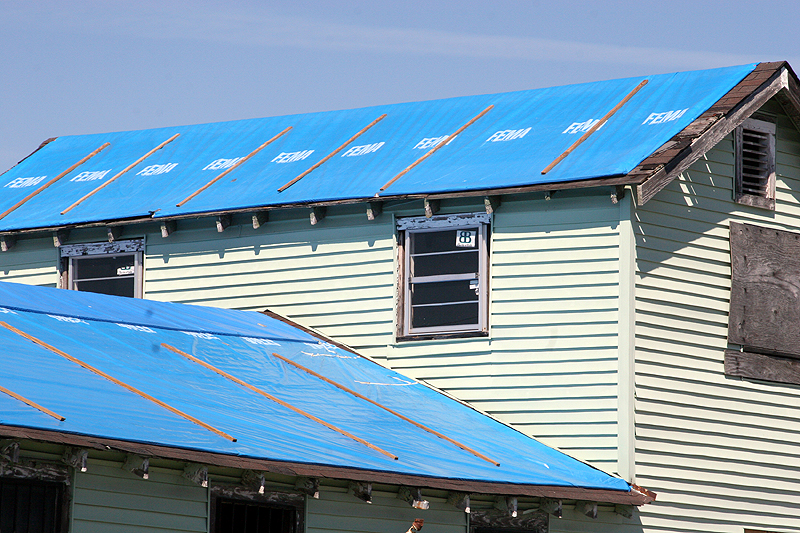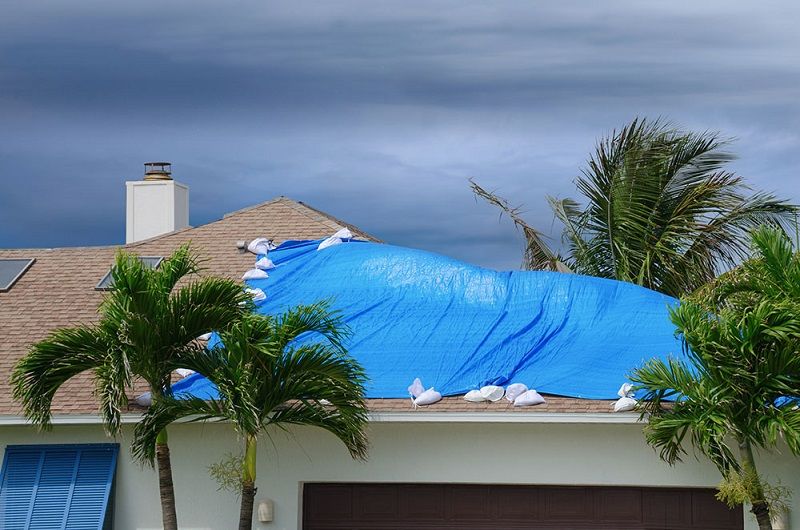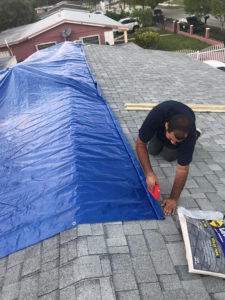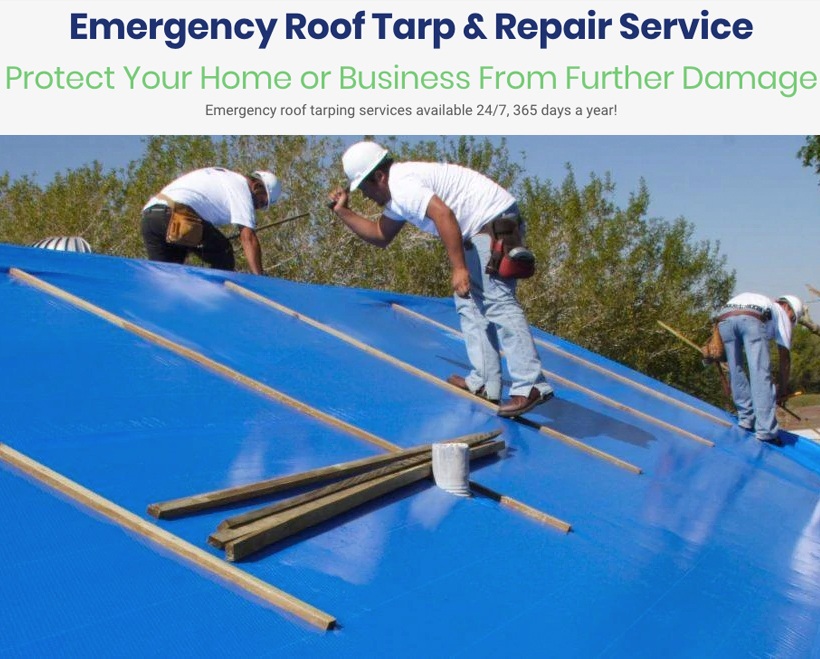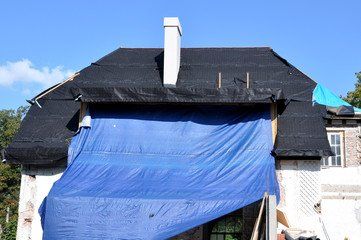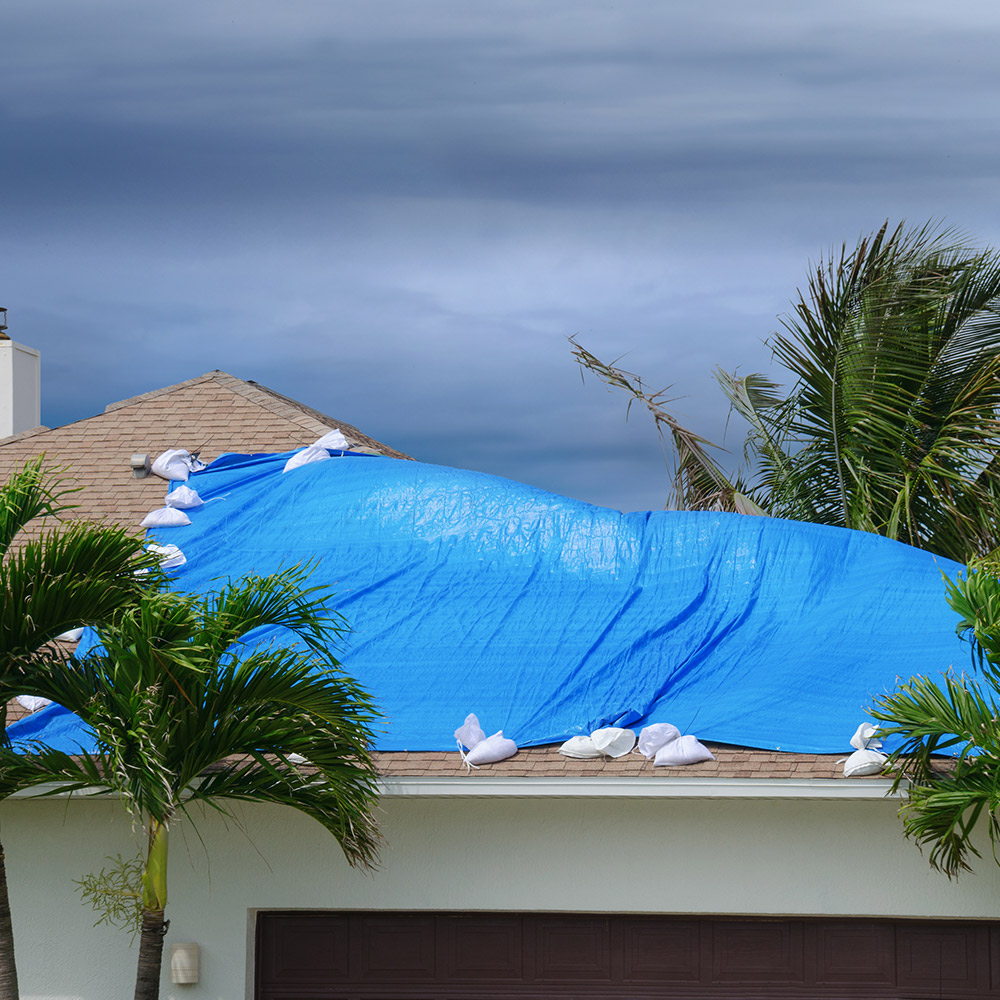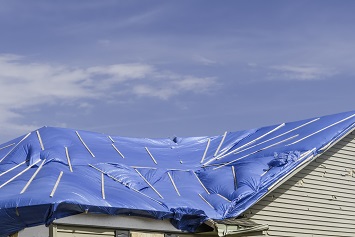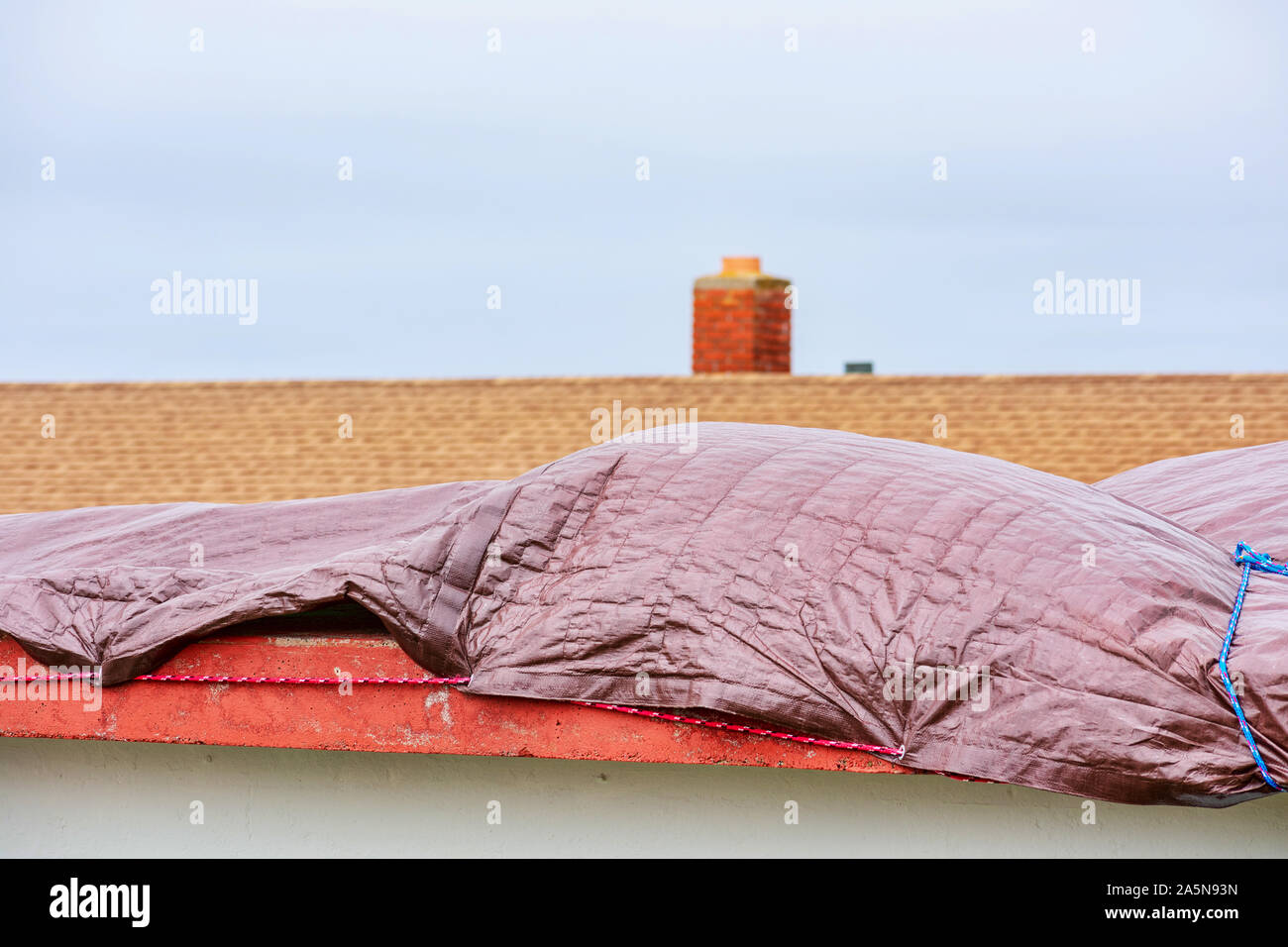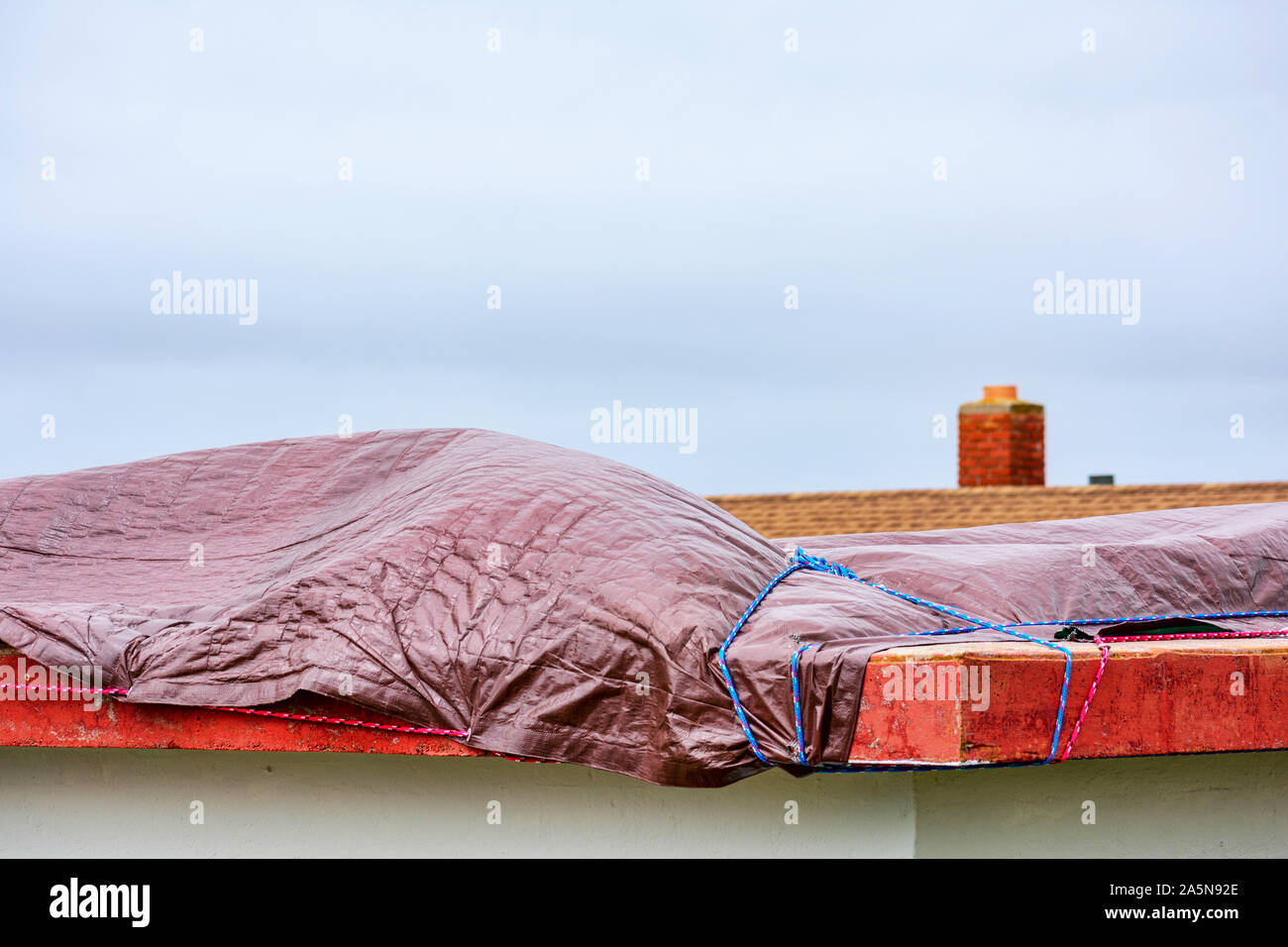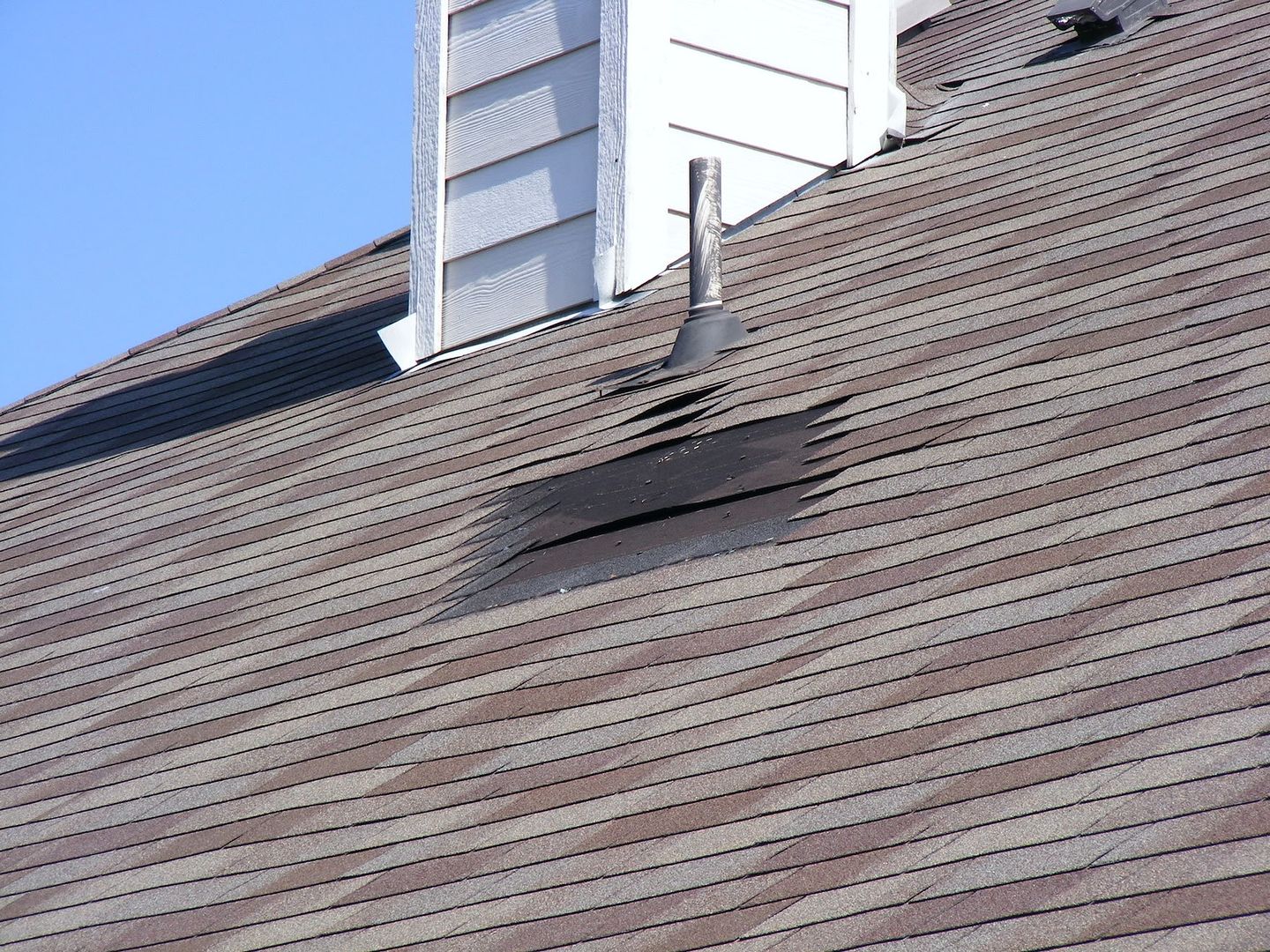How Temporary Tarp A Flat Roof
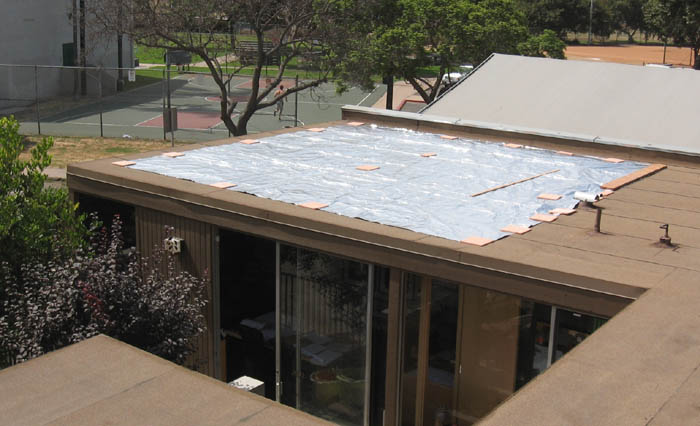
Installing tarp on a roof without nails.
How temporary tarp a flat roof. Steps to install a temporary tarp to repair your roof. Bring all of your tools up to the roof. Positions several 1 2 pieces of lumber on the tarp running vertically down the slope of the roof. Wrap the tarp around the 2 by 4 at least twice.
Then fold the excess tarp under a few rotations for a tight clean fit. Let the rest of the tarp hang off the lower border of the roof that overhangs the wall known as the eave. Here are the steps on how to install a tarp on your roof without nails. For instance if the damage is to a building with multiple stories it will.
Extend the top edge of the tarp over the roof. These puddles are accidents waiting to happen especially if you have elderly people and children in your home. Water also has a way of puddling on flat surfaces especially the floor. Attach the 1x2s through the tarp and into the roof decking with eight penny nails about every 16 inches.
If needed cut off the excess tarp from the other end leaving about a 4 overhang. The 2 by 4 should be about 2 feet longer than the tarp width. Wrap the end of side a over a 2 by 4 that is 2 feet wider than the distance between sides b and d. This will keep you dry until you can fix the issue or have a professional team make repairs.
Wrap the tarp. This guide details how to tarp a roof in a simple affordable way. This will hold the tarp tight to the roof and keep the water out. Sandwich the tarp.
Lay the tarp out flat over the roof. Here are the steps to installing a temporary tarp to patch up your roof. How convenient it is to access your roof. Never lay the tarp out during a storm.
Tarping a roof will temporarily stop leaks and protect your home from the elements. Screw the 2 by 4 directly into the roof to secure it. Stretch a tarp flat on the roof. Now let s get to the good stuff.
Find the source of the leak. You need to know first which spot on the roof needs tarping up. It s even easier if you do it without nails. Lay the tarp across the roof so that at least 4 feet 1 2 m lies on the sloped part of your roof on each side known as the peak.
Lay more 2 by 4s on either side of the tarp and attach those as well for a tight well secured water barrier. Extend the top edge of the tarp over the ridge of the roof. Center the tarp over the damaged area. When installed correctly roof tarps can shield you home from bad weather for up to 90 days.
A tarp placed over a flat leaking roof can protect the interior of your home from further water damage.


